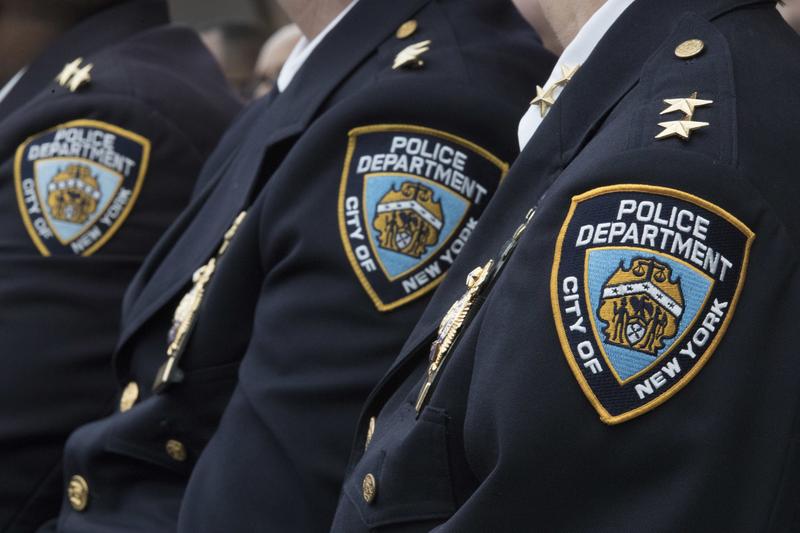
The NYPD is bringing its data-driven approach to crime fighting to reducing drug overdose deaths.
Last year, more than 1,300 people in the city died from a drug overdose, often heroin laced with the painkiller fentanyl. That's a 40 percent increase from 2015.
The NYPD — like departments around the country — was caught flatfooted.
“We were not capturing what we need data-wise to even begin to fight this,” said Dermot Shea, chief of crime control strategies, speaking at a Police Executive Research Forum conference on the opioid epidemic.
Now, the NYPD gets information on possible overdoses every day. There are new reports that gather information on drugs — information that can be analyzed to spot trends. And officials are looking to deploy resources immediately to address hot spots. Shea said that public safety and public health are working together to gather data and figure out ways to combat the problem.
“We now know the next morning how many anticipated overdoses we have . . . . We can direct resources from the detective bureau, narcotics, to hit certain areas. We can reach out to the Department of Health and say, 'Hey, do you have anything in this area, we think we're seeing something,'” Shea said.
The department has also started investigating all overdoses. To help, there are now 84 investigators assigned to tackle the opioid problem, including 64 in borough narcotics squads and 20 working on big, complicated cases, Police Commissioner James O’Neill said.
The department is also bringing in 50 new lab technicians to test seized heroin.
In addition to the crime-fighting strategies, the NYPD and other city agencies are trying other programs like pre-arraignment diversion to drug treatment, educational campaigns to let people know about the Good Samaritan law, and increasing the usage of naloxone, a drug that blocks the effects of opioids.
The broader effort is being called RxStat — a play on CompStat, the successful crime analysis system pioneered by the NYPD.
The NYPD outlined their new approach at the conference, which drew 150 law enforcement leaders from across the country. The officials spent the day Thursday comparing notes and talking about how to fight the increase of overdoses nationwide.
